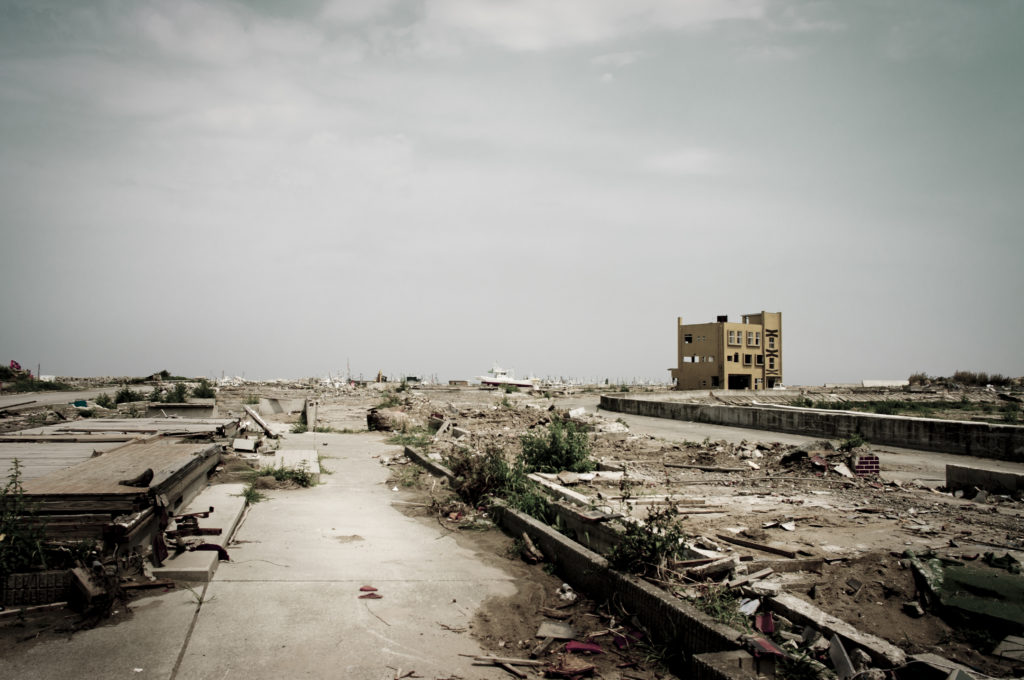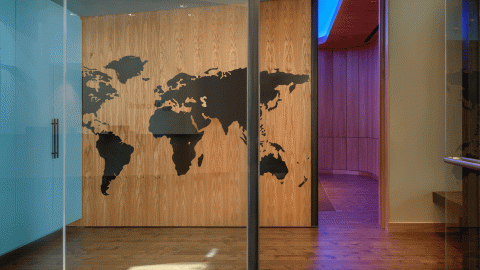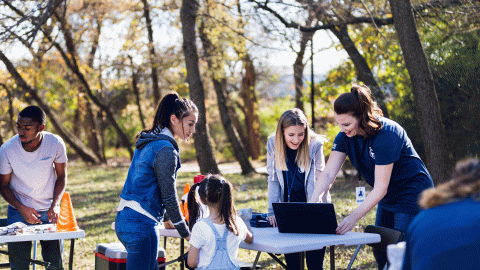How AI can help save lives in emergencies
Disaster can bring out the best in human nature. Emergency service personnel, rescue crews and volunteers work tirelessly, often putting their own lives at risk.
Whether they’re responding to a natural disaster or other accident, rescue and relief teams increasingly use AI as a vital tool to save lives and to get help to the right place at the right time.
These are some of the technologies from organizations beyond Microsoft that are making a difference in disaster zones.
[Subscribe to Microsoft on the Issues for more on the topics that matter most.]
Robot rescuers
When a building collapses, rescuers will look for voids, spaces in the rubble where a person could be trapped. This is often slow, painstaking work in cramped and dangerous conditions.
Enter Snakebot: a 5–centimeter-wide robot equipped with lights and cameras that can squeeze into tight spaces. Developed by Carnegie Mellon University in Pittsburgh, Snakebot can crawl, climb, roll and even swim. Prototypes were used in the aftermath of the Mexico City earthquake in September 2017. Operators sent the robot to search voids too small or unstable for people or search dogs to enter. Learning from that experience, the team that designed it now plans to add microphones and sensors that can detect hazardous gas.
In Japan, the meltdown at the Fukushima nuclear plant after the tsunami that struck the country in 2011 required robots to enter areas that people couldn’t. Teams sent a variety of remote–controlled and autonomous machines to inspect and remove the fuel rods.
Eye in the sky
Drones are giving emergency services a bird’s–eye view of disaster zones, which is proving particularly useful in fighting wildfires.
Using surveillance drones that can stay aloft for hours, and small quadcopters, operators on the ground can see how a fire is behaving in real time and the hazards in the way. Some drones are equipped with thermal–imaging cameras or laser–imaging systems that help firefighters build maps predicting where fires will spread.
Researchers are developing ways of using swarms of autonomous drones to assist firefighters on the ground. The Defense Science and Technology Laboratory in the U.K. and the U.S. Air Force Research Laboratory recently ran the Swarm and Search AI 2019 Fire Hack competition, looking for new algorithms and AI applications for planning and executing complex drone missions.
Recent devastating blazes like 2018’s Camp Fire in California demonstrate the need for such resources.
Targeted help
When a disaster strikes, large amounts of information flow into control rooms and emergency call centers. Making sense of it is vital to prioritizing the response and to deploying resources and personnel correctly.
AI can trawl through vast quantities of data in a very short time, spotting patterns that may not be apparent to people under stress. Capabilities include prioritizing emergency calls and analyzing social media to create a picture of events unfolding in real time. DigitalGlobe’s Open Data Program, which provides high-resolution satellite imagery for disaster response, was used in the aftermath of Cyclone Idai in 2019 to identify damaged roads, buildings and infrastructure from space.
In September 2018, Microsoft announced the AI for Humanitarian Action program in collaboration with the United Nations. This $40 million, five-year Microsoft initiative harnesses the power of AI to help with disaster recovery and supports nonprofit and humanitarian organizations through financial grants, partnerships and technology investments, in addition to technical expertise. This work is across the areas of disaster response; refugees and displaced people; human rights; and the needs of children, and is part of Microsoft’s AI for Good suite, a growing $125 million commitment to using AI to help unlock solutions to some of society’s biggest challenges.
For more on AI innovation, visit https://www.microsoft.com/en-us/ai. And follow @MSFTIssues on Twitter.








